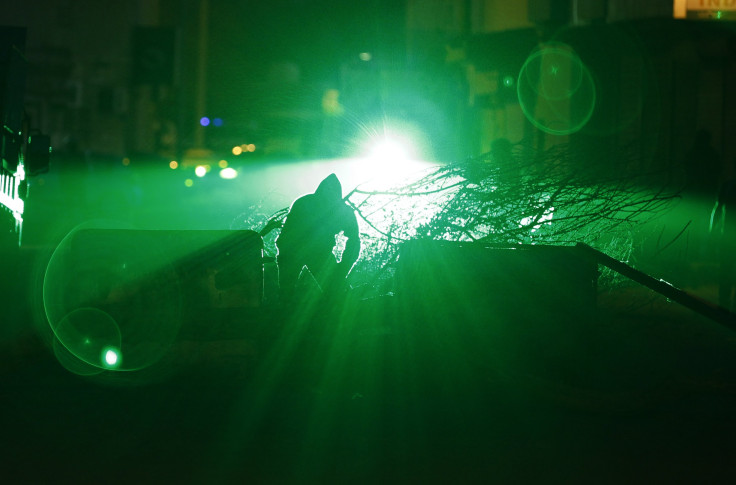Watch: Military’s New Laser Weapon Produces Loud ‘Screams’ From Thin Air

We all have seen how direct energy laser weapons can dominate the battlefield. They can take out rogue drones and vehicles in a matter of minutes, but can you imagine a laser weapon producing loud screams out of thin air and stunning a target, rather than killing the person immediately?
The idea may sound a little weird considering the intensity of laser weapons but that’s what U.S. military is developing under its Joint Non-Lethal Weapons Development program. As the name suggests, the goal of the program is to develop non-lethal weapons to make sure the target backs off right away, but doesn’t die in the process.
Typically, stun grenades and sound bombs can be used for a task like this but they all have one common disadvantage — one has to be close enough to the target to throw them.
However, the new weapon, dubbed Laser-Induced Plasma Effect or LIPE system, gets around that problem in a whole new way. It employs a specialized pair of lasers beams to produce a loud scream, and could soon be used to mimic human speech and scare checkpoint breachers from far off, possibly tens of kilometers.
Defense One shared a video of the current prototype while detailing what its so-called “scream” sounds like and how it is produced.
As one can see in the clip, the whole thing depends on the working of two specialized lasers. The first, a femtosecond laser, shoots a burst of focused light for about 10-15 seconds and rips electrons from air molecules to create a ball of plasma. The ball acts as a medium and is then hit with another nanolaser, tuned to a very low frequency.
This results in a bright flash of light and the scary noise we hear in the video. Though turning this noise into understandable human speech could be a challenging task, the scientists involved in the project believe the weapon system could be ready in next three years.
“We’re this close to getting it to speak to us. I need three or four more kilohertz,” David Law, who runs JNLWD’s technology division, told Defense One.
Law hopes to improve the system to a level where it could also produce extreme levels of heat, along with noise and light. This way, it would make a complete replacement for non-lethal weapons currently in operation.
© Copyright IBTimes 2024. All rights reserved.











